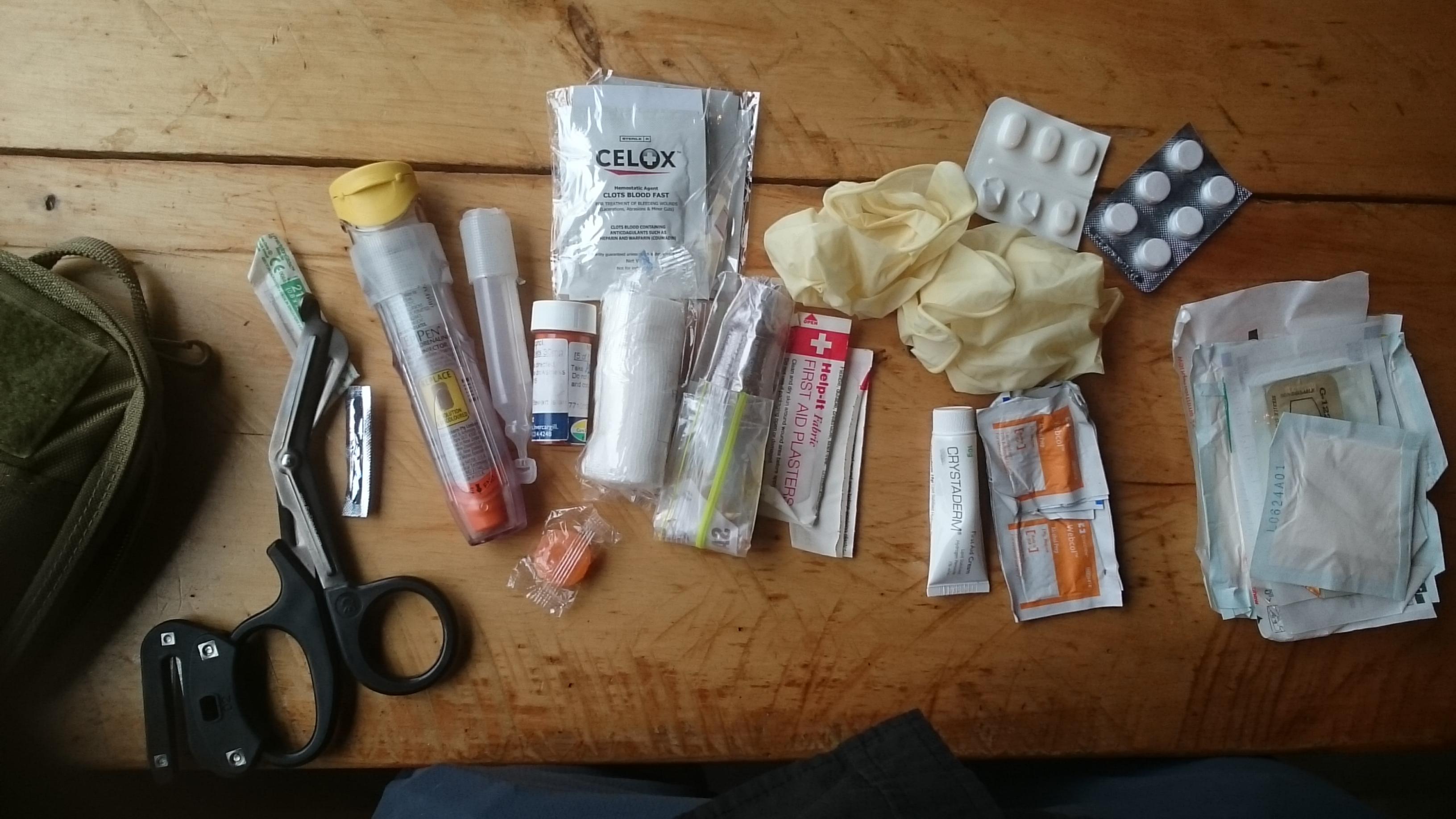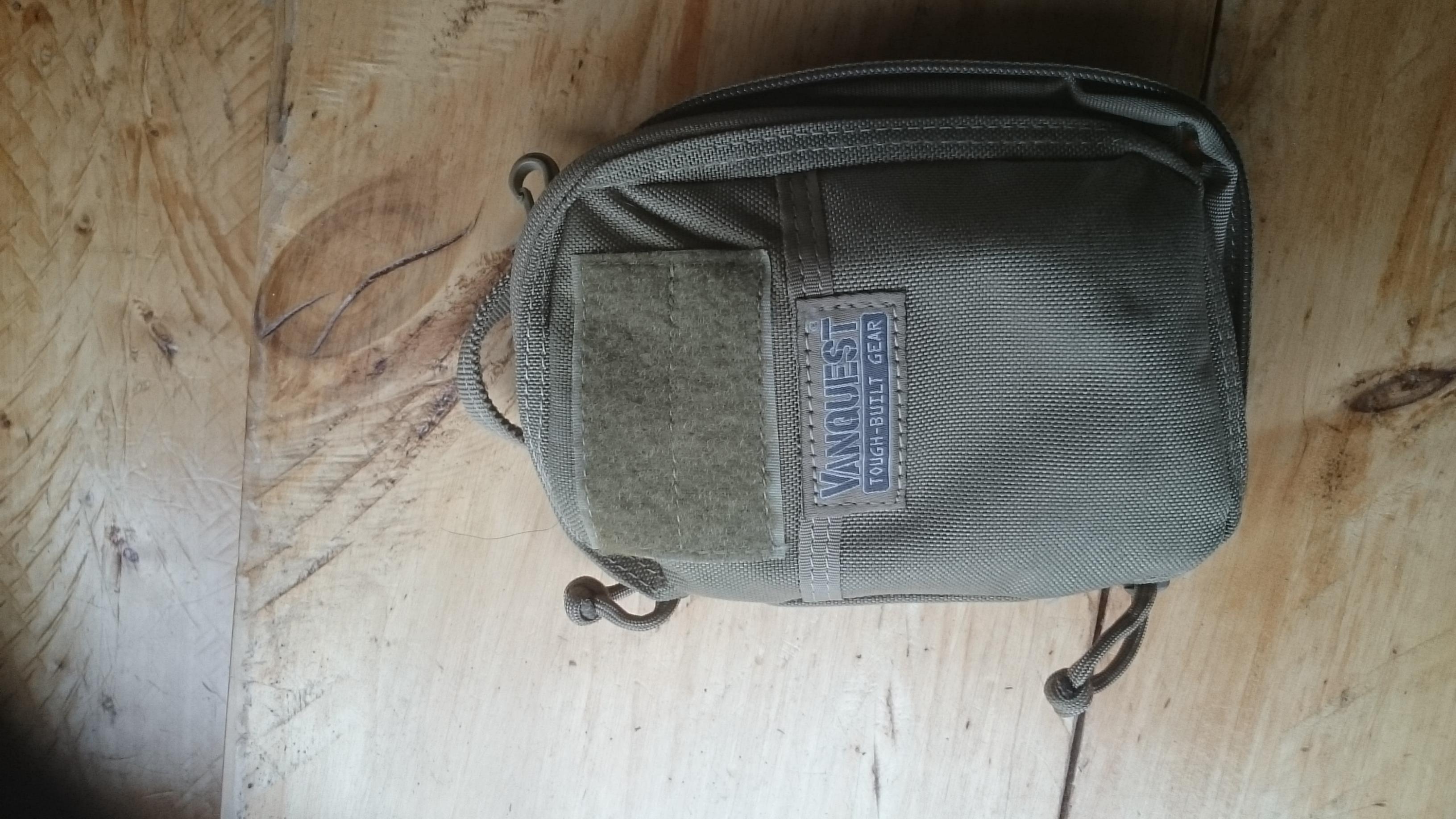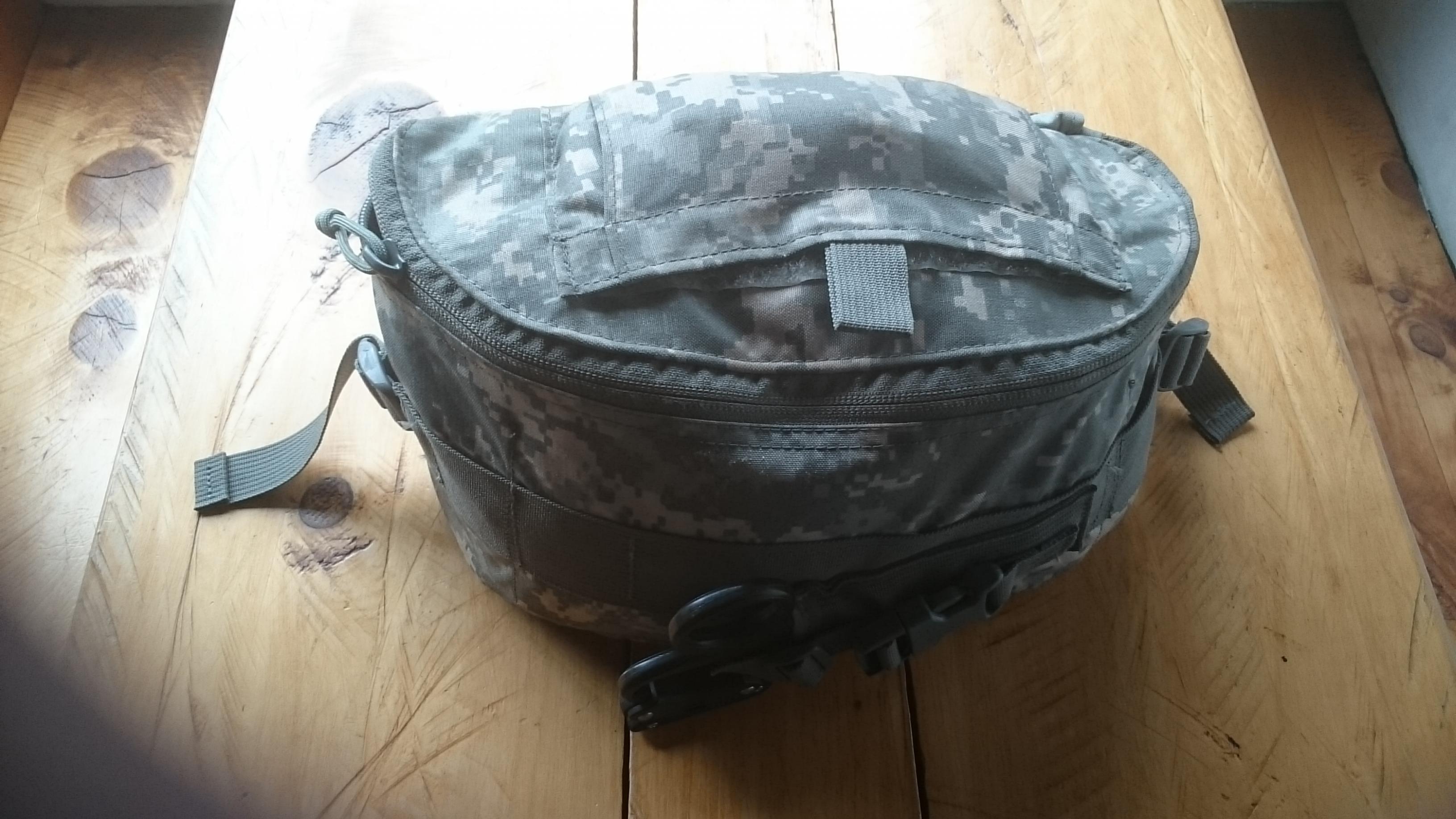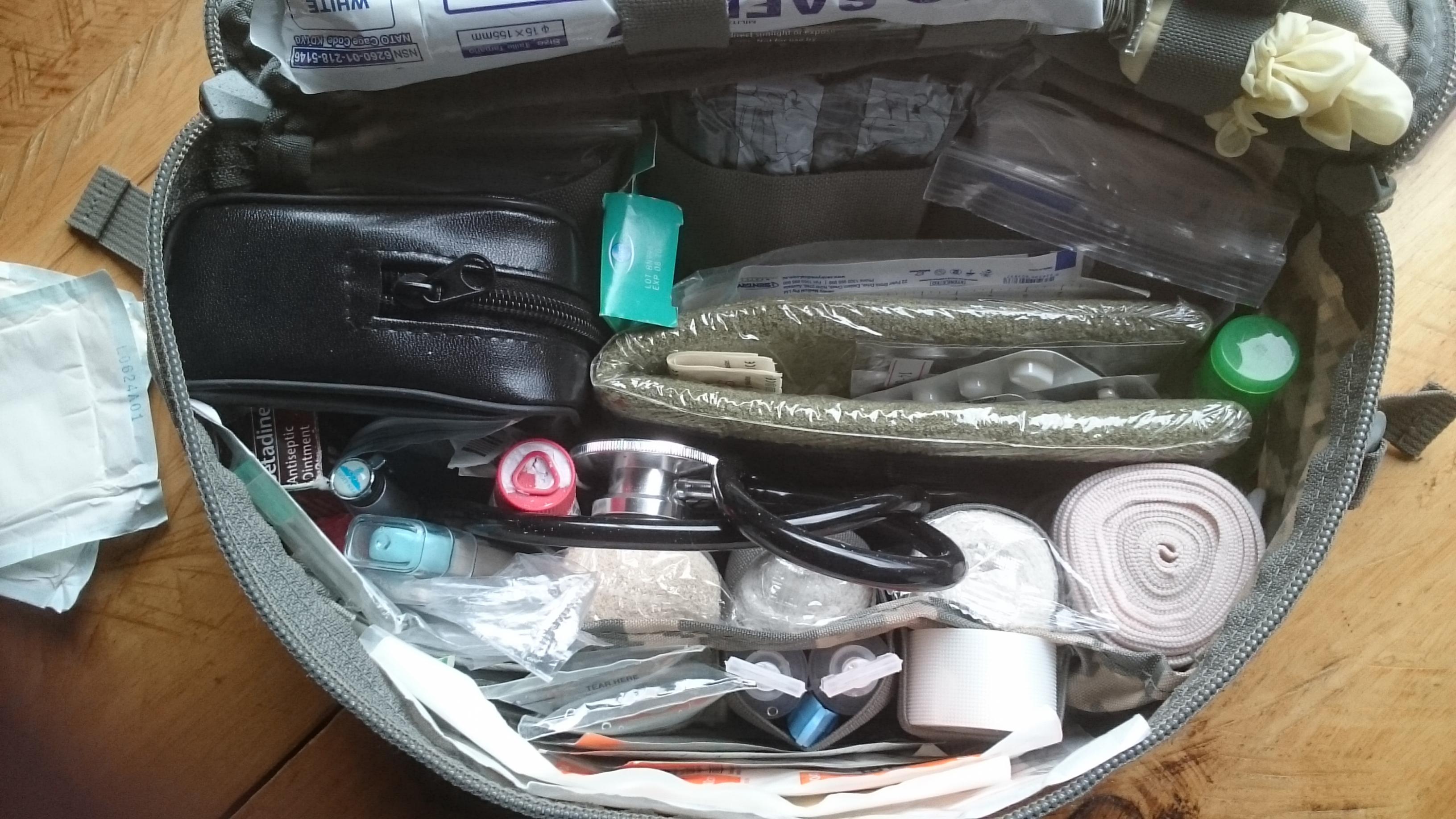Ok folks
Taking a move on the 10 essentials thread recently, let's see ya first aid kit. I'm a shocker for carrying to much and being a vollie and in a family with a physio and a doctor it's a given I have an operating room on my back.
Also gives a thread for novelty ideas on what to take, duct tape, paracord and a needle...
Small one I Carry in my day bag
Big sucker that can go on a pack if it really has to but lives in a vehicle!!
Do people want a list as I made one up just for the hell of it, 42 items in the big one...
Key thing with first aid is to practise and only use this you are trained/ competent with. When was the last time you took a pulse or a BP reading? Few thing I'm missing; blood glucose monitor, op airways, pen and paper/ pre laid out form (St John first responders form that I'd applicable to your situation.
Welcome guest, is this your first visit? Create Account now to join.
Welcome to the NZ Hunting and Shooting Forums.
Search Forums
User Tag List
Results 61 to 75 of 87
Thread: First aid kit pics
Threaded View
-
11-01-2017, 10:06 AM #1Member

- Join Date
- Feb 2016
- Location
- Stewart island / canterbury
- Posts
- 9,193
First aid kit pics
Similar Threads
-
Few pics.
By K95 in forum The MagazineReplies: 89Last Post: 18-04-2019, 08:26 PM -
Some pics
By samba in forum HuntingReplies: 3Last Post: 22-09-2016, 09:29 AM -
A few pics
By Toby in forum HuntingReplies: 10Last Post: 06-06-2013, 03:27 PM -
more Pics
By rob270 in forum HuntingReplies: 4Last Post: 03-06-2013, 11:10 PM
Tags for this Thread
Welcome to NZ Hunting and Shooting Forums! We see you're new here, or arn't logged in. Create an account, and Login for full access including our FREE BUY and SELL section Register NOW!!




 61Likes
61Likes LinkBack URL
LinkBack URL About LinkBacks
About LinkBacks








 Reply With Quote
Reply With Quote


Bookmarks